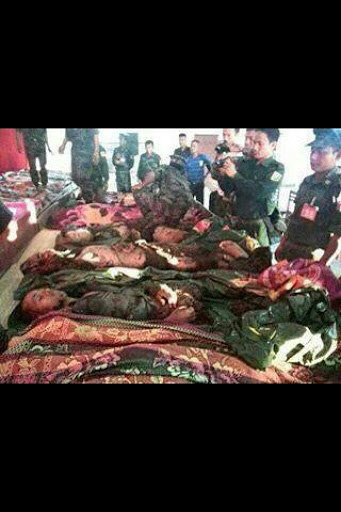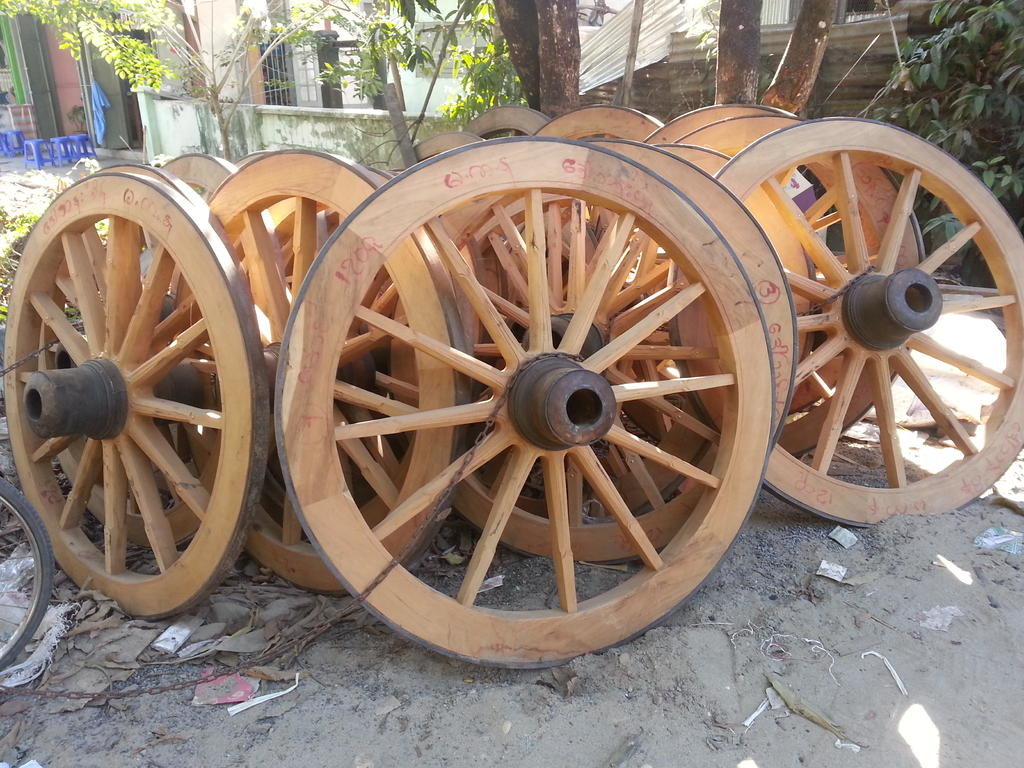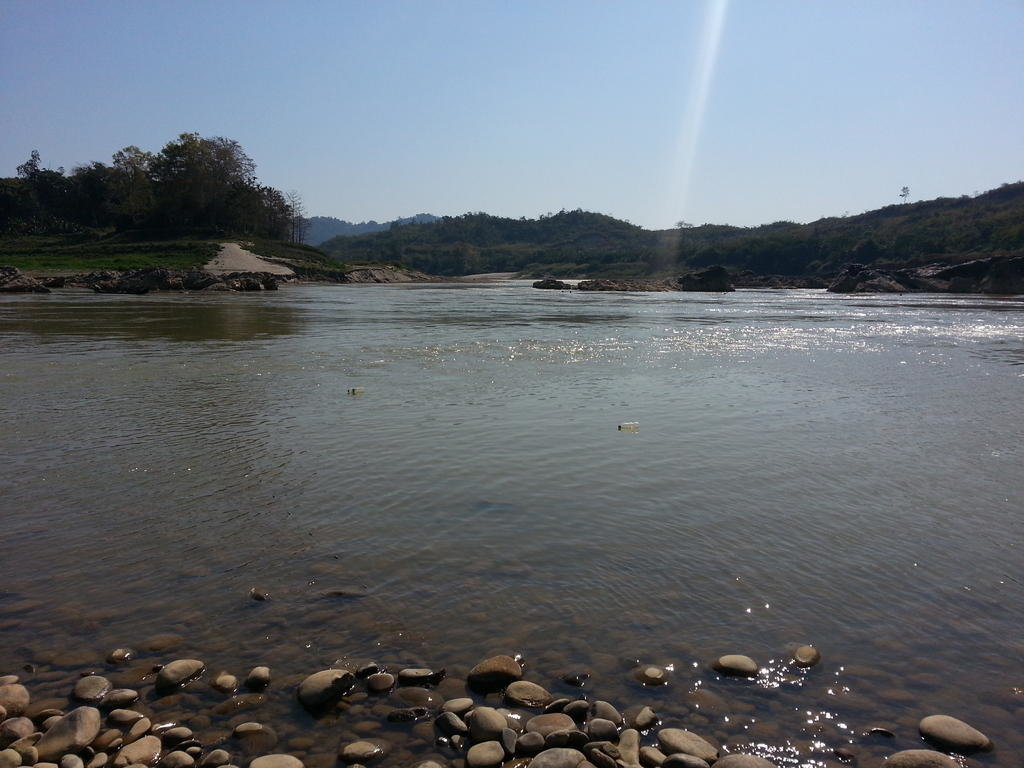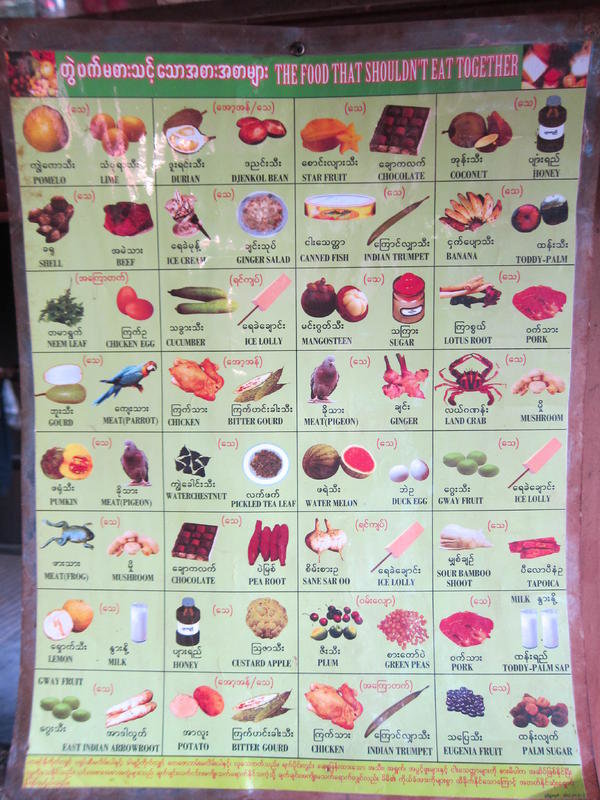Without ever seeing anything about the area, its always fascinating to see what kind of houses people decide to design in these remote, cut off regions. This is a typical house. Most are raised, which keep the chickens, dogs & insects at bay, woven bamboo walls which don't hold heat, keep the place cool and tin roofs.
 IMG_1462
IMG_1462 by
Triangle Golden 007, on Flickr
Ox & cart are still heavily in use around harvest time
 IMG_1405
IMG_1405 by
Triangle Golden 007, on Flickr
 IMG_1260
IMG_1260 by
Triangle Golden 007, on Flickr
 IMG_1254
IMG_1254 by
Triangle Golden 007, on Flickr
 IMG_1398
IMG_1398 by
Triangle Golden 007, on Flickr
Once off the main drag through town, most roads are a hard packed sand/ mud, combined with large oval pebbles that have been brought up from the Irawaddy River
 IMG_1401
IMG_1401 by
Triangle Golden 007, on Flickr
 IMG_1425
IMG_1425 by
Triangle Golden 007, on Flickr
Chinese farm vehicles are making their way in for the more affluent farmers, they consist of the usual engine that can be used for various power take off applications
 IMG_1335
IMG_1335 by
Triangle Golden 007, on Flickr
There area has a significant Pineapple harvest
 IMG_1415
IMG_1415 by
Triangle Golden 007, on Flickr
Also rice
 IMG_1411
IMG_1411 by
Triangle Golden 007, on Flickr
 IMG_1408
IMG_1408 by
Triangle Golden 007, on Flickr
Every night bird traps are set
 IMG_1407
IMG_1407 by
Triangle Golden 007, on Flickr
Obviously, being on the Irawaddy River, there;s significant fishing
 IMG_1302
IMG_1302 by
Triangle Golden 007, on Flickr
 IMG_1308
IMG_1308 by
Triangle Golden 007, on Flickr
Making charcoal - burning wood & reducing the oxygen available by burning the wood inside 55 gallon drums with a small breather to allow small amounts of new oxygen, just enough to keep the burning going
 IMG_1261
IMG_1261 by
Triangle Golden 007, on Flickr
New market areas are always fascinating - oranges & apples, she wasnt too happy about having her photo taken
 IMG_1347
IMG_1347 by
Triangle Golden 007, on Flickr
 IMG_1340
IMG_1340 by
Triangle Golden 007, on Flickr
Basic hotel rooms can be sourced for around 800 bht a night with own bathroom
 IMG_1338
IMG_1338 by
Triangle Golden 007, on Flickr
 IMG_0990_edited by Triangle Golden 007, on Flickr
IMG_0990_edited by Triangle Golden 007, on Flickr IMG_0990_edited by Triangle Golden 007, on Flickr
IMG_0990_edited by Triangle Golden 007, on Flickr



































































 (from
(from 




































